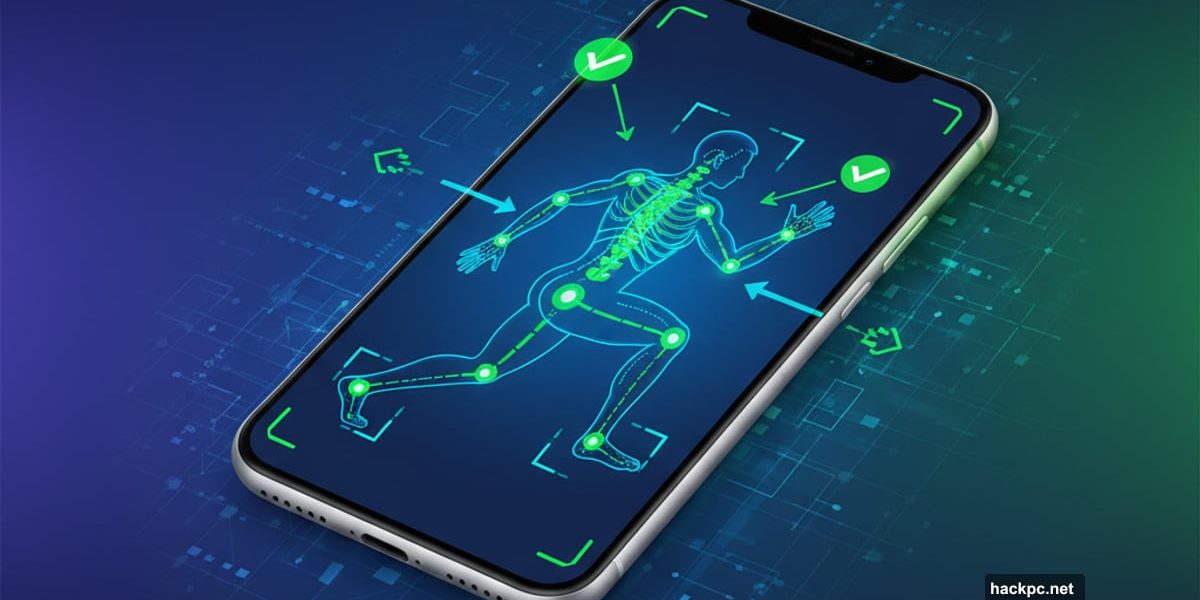
Physical inactivity kills more people than smoking. Yet 43% of adults worldwide are overweight, and most workout apps can’t tell if you’re doing exercises wrong.
KinesteX thinks computer vision can solve that problem. The startup built AI that watches your movements through a smartphone camera and corrects your form in real time. No wearables, no special equipment, just your phone and immediate feedback.
But here’s the twist. KinesteX doesn’t compete with Peloton or Apple Fitness. Instead, it sells the technology to them.
From Failed App to White-Label SDK
Nikita Starov founded KinesteX in late 2021 during the pandemic. He saw millions of people stuck at home with back pain and zero activity. The idea seemed obvious: if computer vision recognizes faces, why not teach it to recognize movement?
So the team built an AI fitness coach. The technology worked perfectly. The business model didn’t.
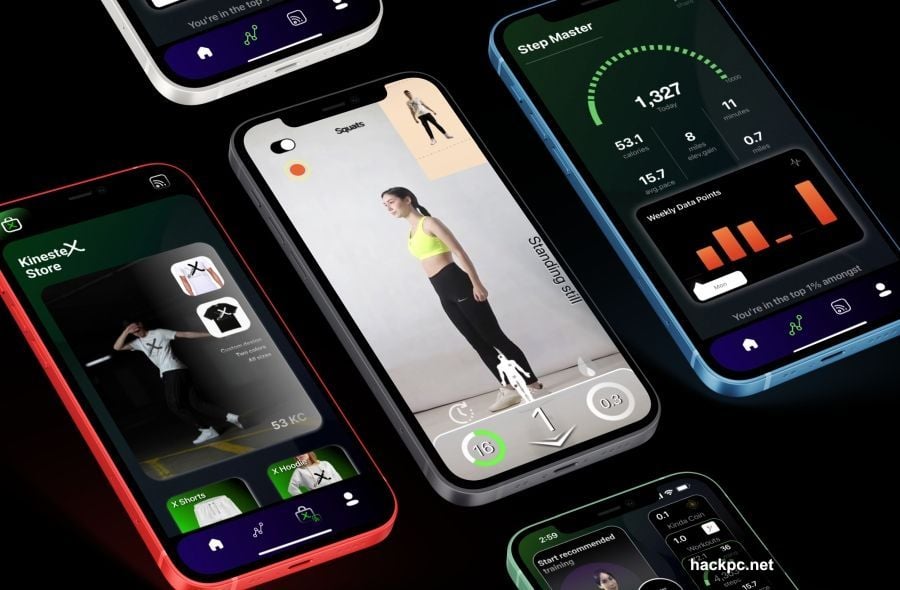
After testing three different approaches and hearing dozens of investor rejections, Starov faced a hard truth. Building another fitness app wasn’t the opportunity. The market was already crowded with options people weren’t using.
Then two early clients asked a different question. Could KinesteX integrate the motion tracking into their own apps?
That question changed everything. The team stopped competing with fitness apps and started powering them instead. They rebuilt the product as a white-label SDK that any wellness platform could license.
Now KinesteX provides the AI motion tracking engine behind the scenes. Partners get sophisticated computer vision without building it themselves. Users get real-time feedback on posture, reps, calorie burn, and injury prevention. Plus, all data processing happens locally on devices, so privacy stays intact.
The Fundraising Grind Nobody Talks About
The pivot worked. KinesteX raised over $1 million from 13 investors, including angel investors and one family office.
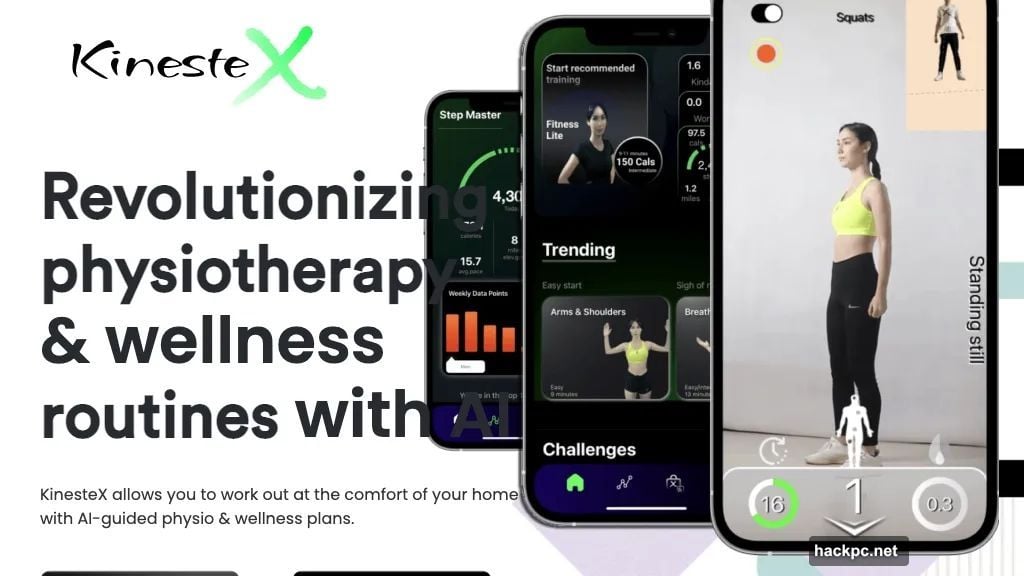
But getting there took 300 to 400 meetings. Yes, you read that right. Hundreds of conversations before securing commitments.
“At first, all the rejections felt discouraging,” Starov admits. “But we realized it’s just a numbers game. Out of hundreds of conversations, a few people truly believe in your vision.”
Those investors weren’t just betting on computer vision technology. They backed a team willing to pivot multiple times and keep going despite constant rejection.
Most startup stories skip this part. They jump from founding to funding without mentioning the months of “no” in between. Starov’s honesty about the process reveals what founder persistence actually looks like.
The Problem Was the Product
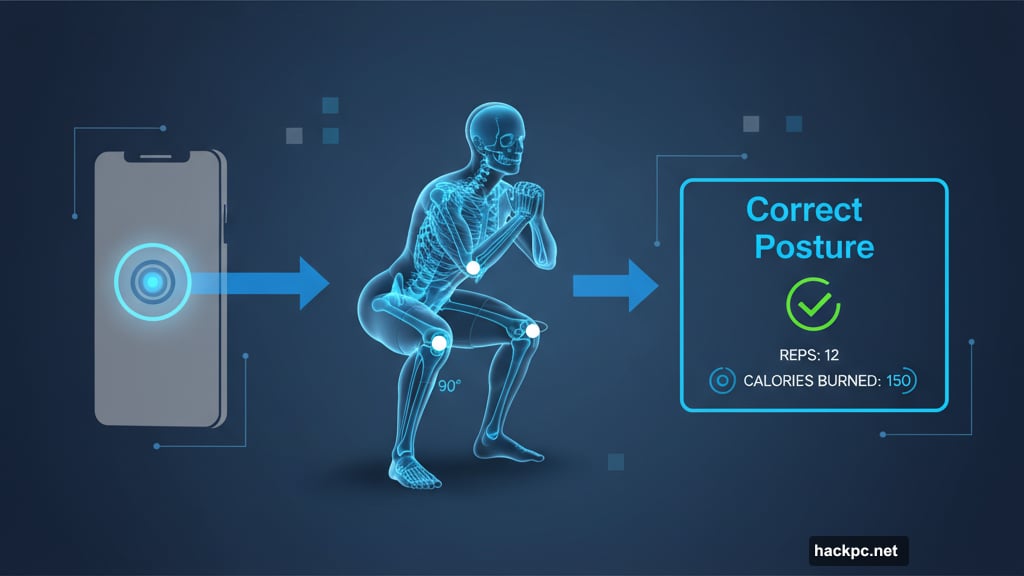
Looking back, Starov says the biggest lesson wasn’t about fundraising. It was about understanding value.
“You need to know who you’re building for, what problem you’re solving, and why it matters. We spent two years building something cool that didn’t solve a real problem. If I could start over, I’d begin with that question.”
That’s the founder advice nobody wants to hear. The technology was impressive from day one. But impressive technology doesn’t matter if it solves the wrong problem for the wrong customer.
KinesteX finally found product-market fit by asking better questions. Not “can we build this?” but “who actually needs this and how much will they pay for it?”
The answer was B2B, not B2C. Fitness platforms needed the technology but lacked the expertise to build it. KinesteX had already solved the hard technical problems. They just needed to sell the solution differently.
Motion Tracking Gets Smarter
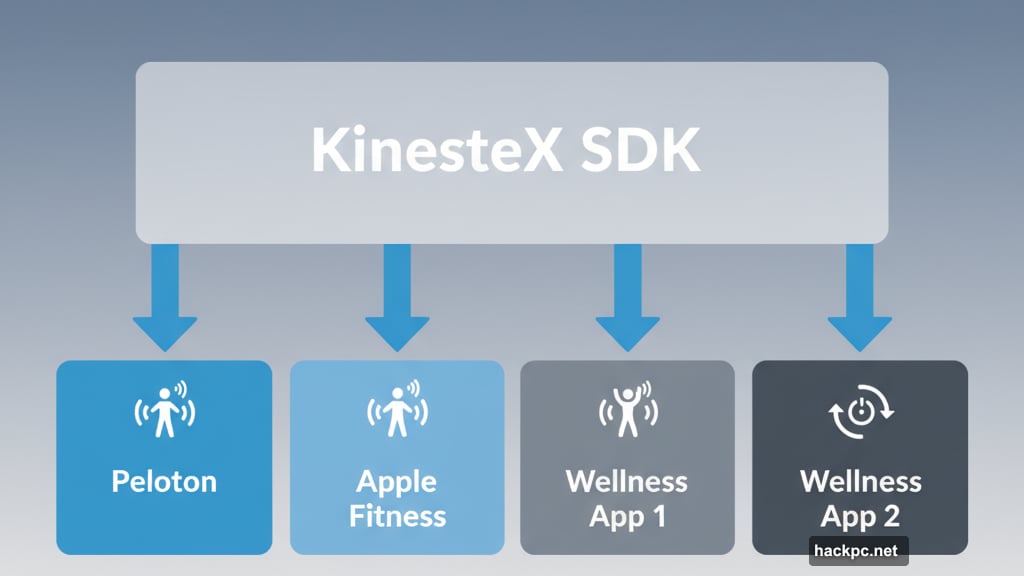
The technology itself keeps improving. KinesteX’s AI analyzes movement through a standard smartphone camera and provides instant feedback.
It tracks posture correctness, counts reps accurately, estimates calorie burn, and flags movements that risk injury. For users, it feels like having a personal trainer watching every workout. For platforms, it’s a competitive advantage they can integrate in weeks instead of years.
Corporate wellness programs are particularly interested. Companies spend billions on employee health benefits but struggle to measure engagement or outcomes. AI motion tracking provides both. It shows which employees participate, how they move, and whether interventions actually improve health markers.
Meanwhile, the global wellness market keeps growing. Remote work made home fitness more important. Rising healthcare costs push companies toward prevention. Wearable technology normalized health tracking. KinesteX sits at the intersection of all three trends.
Building for the Long Game
KinesteX now partners with leading digital health and fitness companies. The mission stayed simple: make movement smarter, safer, and more accessible for everyone.
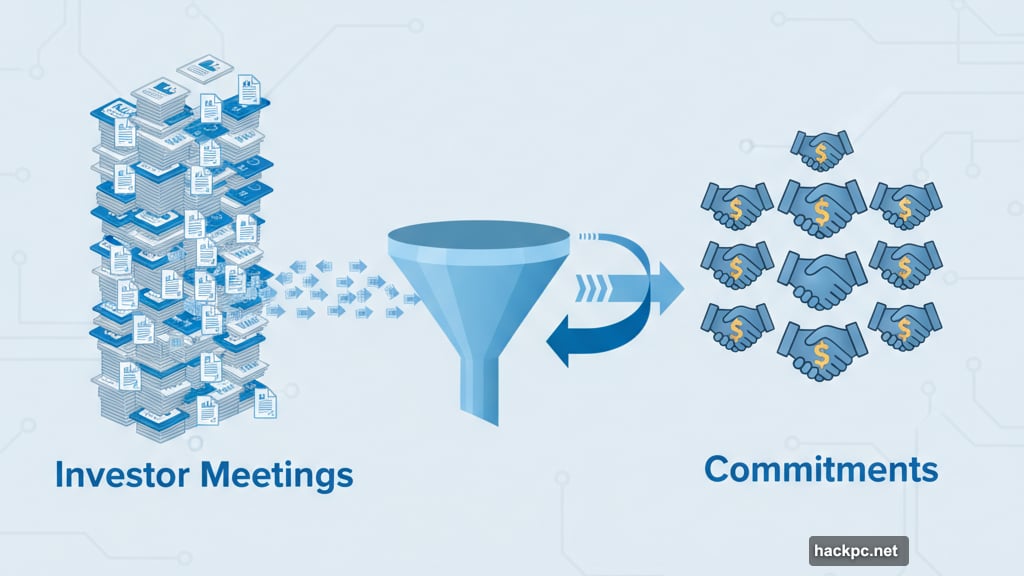
For Starov, success came from staying flexible. The original vision didn’t work. The first business model failed. Early investors said no. But the team kept iterating until something clicked.
His advice for founders? “Focus on solving real problems. Build something people truly need. Everything else will follow.”
That sounds simple. It’s not. Most founders fall in love with their solution before they understand the problem. They build cool technology nobody asked for. They raise money for the wrong business model. Then they wonder why growth stalls.
KinesteX avoided that trap by asking hard questions early. Who needs this? What problem does it solve? How much will they pay? Those questions feel obvious now. But they took two years and multiple pivots to answer correctly.
The startup’s success proves that sometimes the best product strategy is admitting your first idea was wrong. Computer vision for fitness had potential. But selling it to consumers wasn’t the opportunity. Licensing it to platforms was.
Now KinesteX scales by powering other companies’ success. That’s a harder story to tell but a better business to build. And for the 43% of adults worldwide who are overweight, it means smarter technology helping them move better and stay healthy.



Comments (0)